About
What are Paratexts?
And Who writes them?
“Paratexts,” a term coined by literary theorist Gérard Genette in his 1987 text Seuils, are any aspect of a text’s accompanying material including the cover, glossaries, author or translator notes, indexes, appendices, footnotes— essentially, anything that isn’t the main body of a text. Paratexts are written by authors, translators, publishers, editors, printers, agents, and paratext writers.
Readers deem most paratexts (glossaries, footnotes, appendices, etc. ) as inconsequential and unhelpful to their understanding of a certain work or text. This website hopes to counter this thinking. Paratexts play a significant role framing the main text. They can change how a text is interpreted, received, and understood. Paratexts reveal a negotiation between translatability and untranslatability, revealing the extent to which authors, translators, editors, and publishers accommodate monolingual English readers. As such, paratexts can be read and analyzed just like the body of a text (which is exactly what this website aims to do). Moreover, paratexts are a particularly important part of translation. Works translated from the Arab and Muslim world require translation to English readers and paratexts carry out a major function. Furthermore, paratexts are crucial sites of tracking the interesting changes made in translation from Arabic to English and other European languages, exposing various sites where culture and language are domesticated and/or foreignized.
Why are they Important?
Why study Paratexts?
what is the history of translations of Arabic fiction into English?
In the last few decades, literary translation from Arabic has seen an unprecedented boom, with new titles sometimes appearing every month. This increase in interest is also characterized by a proliferation of several major Arabic literary prizes that either guarantee translation into English, like the Naguib Mahfouz Medal for Literature and the International Prize for Arabic Fiction, or that award works of translation, like the Banipal Prize for Arabic. This growth marks a significant shift in attitude towards Arabic literature and the Arab world. Historically, Arabic literature was considered taboo or controversial because of efforts by the United States foreign policy to otherize and discount the Arab world (maybe it’s more of an isolationist strategy?). Now, U.S. foreign policy works to still otherize the Arab world, but it is marked by an imperialist and militaristic interest that actively seeks to understand Arabic literature and culture for national security purposes.
Paratexts have played a crucial role in Arab/ic literature’s growth during the last five decades, serving as an important component in the conflictual history of its translation, production, and circulation in relation to U.S. national security. Including paratexts in the discussion of Arabic literature reveals that Arab/ic literature to be not only the creation of authors and translators but importantly, glossary and note writers. Paratexts offer a tangible and detectable site where the neocolonial politics of translation, circulation and reception are taken up, negotiated, and at times counteracted.
It’s important to emphasize that paratext are not neutral sites or mere warehouses of foreign terms. Instead, paratext are important tools that aid monolingual readers by giving them access to a source language and culture. Paratexts can always be analyzed and read for more information about how the source text was perceived.
Glossaries hold a unique importance when it comes to literature, translation, and paratexts. Glossaries can be thought of as imprints of what the English-language reader will not understand, and as such are repositories of concepts for which the English-language reader is believed to require explanation. The glossary is not simply an organizing add-on to a translated text but a crucial site of translation in translation. On one hand, the addition of a glossary to a text translated from Arabic can be read as preserving Arabic’s “untranslatability.” When existing physically apart from the narrative, glossaries (and notes) have the potential to highlight Arabic’s foreignness by the mere inclusion of terms that were deemed “untranslatable.” However, on the other hand in an, the glossary’s presence can also signal a fundamental mistrust of the translation process and want to preserve the truest meaning of original Arabic terms.
Even the most comprehensive glossary will contain a finite number of words. The question of what is included and excluded from the glossary reveals assumptions about what will be familiar or foreign to the English reader. In this sense, glossaries are fertile sites of inquiry for unpacking the literary and cultural assumptions that shape Arab/ic literature. By looking at glossaries, we can begin to uncover and analyze the lexical entitlements and appropriations, as well as assumptions, that collect around translations of Arabic fiction in English and English-language fiction by Arab writers.
What is the importance of glossaries?
What is an example?
“Paratexts,” a term coined by literary theorist Gérard Genette in his 1987 text Seuils, are any aspect of a text’s accompanying material including the cover, glossaries, author or translator notes, indexes, appendices, footnotes— essentially, anything that isn’t the main body of a text. Paratexts are written by authors, translators, publishers, editors, printers, agents, and paratext writers.

In the News
Check out Paratext & Power in the news!

FAQ
Check out the Frequently Asked Questions page to learn more about our project
- All
- Gallery Item
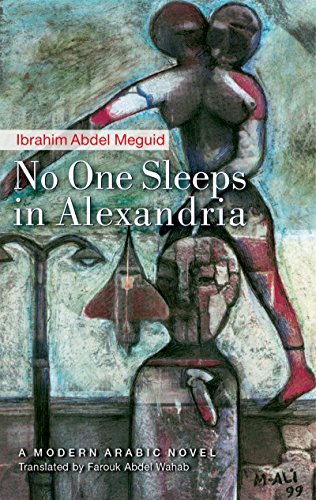
No One Sleeps In Alexandria
Lorem ipsum dolor sit amet, consectetur adipisicing elit. Quidem, provident.
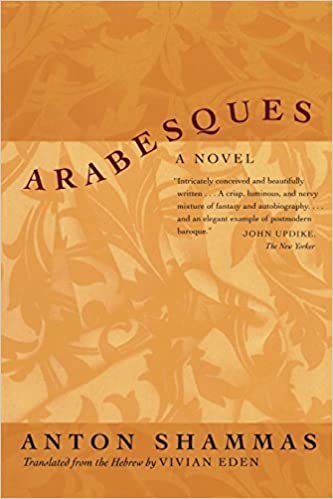
Arabesques
Lorem ipsum dolor sit amet, consectetur adipisicing elit. Quidem, provident.
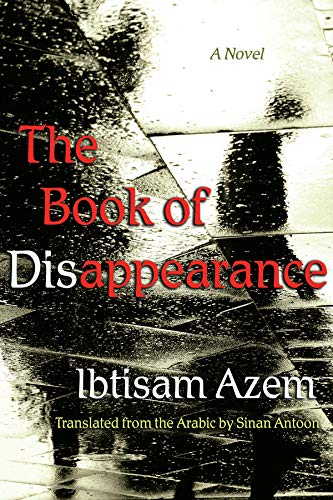
The Book of Disappearance
Lorem ipsum dolor sit amet, consectetur adipisicing elit. Quidem, provident.
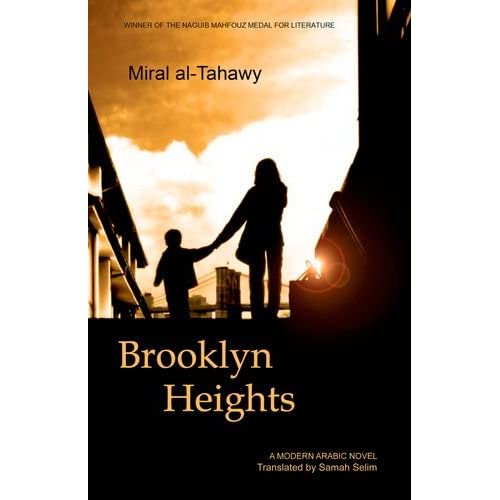
Brooklyn Heights
Lorem ipsum dolor sit amet, consectetur adipisicing elit. Quidem, provident.

Always Coca-Cola
Lorem ipsum dolor sit amet, consectetur adipisicing elit. Quidem, provident.
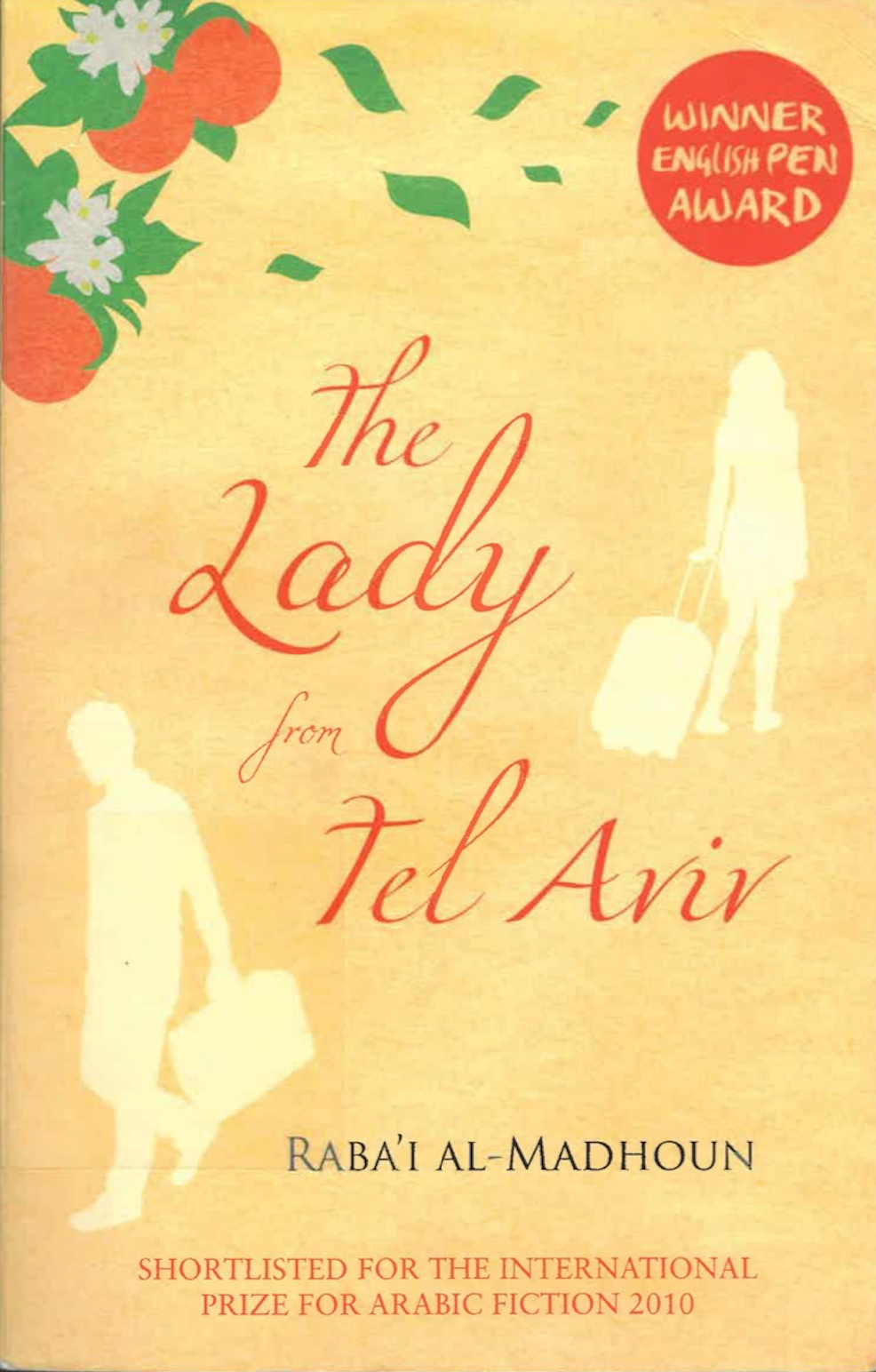
Lady from Tel Aviv
Lorem ipsum dolor sit amet, consectetur adipisicing elit. Quidem, provident.